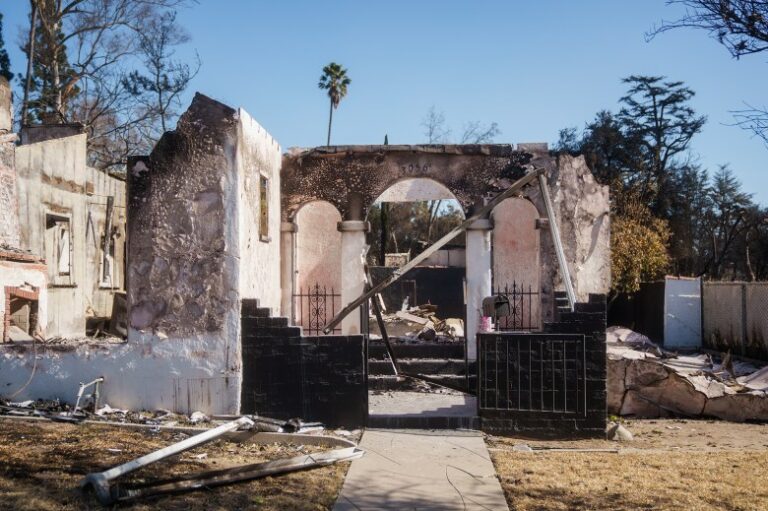State Farm is set to justify its request for emergency property insurance rate hikes at a public hearing starting today, a rare and hastily called event. The California Insurance Commissioner, Ricardo Lara, convened the hearing about a month ago after State Farm requested immediate approval for average rate increases of 22% for homeowners, 15% for renters and condos, and 38% for rental dwellings. The insurer cites financial strain due to the recent Los Angeles County fires, from which it expects to pay over $7 billion in claims.
The Unprecedented Rate Hearing
This hearing is unprecedented as it’s the first time an emergency interim rate request has been made. State Farm has pending rate requests from last summer, which will be addressed in a separate hearing by June. The company claims it needs immediate rate adjustments to manage its financial burden.
Under California law, the public can object to rate increases, and both the insurance department and Consumer Watchdog have sought more information about State Farm’s finances. The hearing, to be held before an administrative law judge in Oakland, will be livestreamed and may last through Thursday. If approved, the rate hikes will take effect on June 1, potentially affecting State Farm’s nearly 3 million customers in California.

The drama surrounding State Farm’s rate request comes as Commissioner Lara works to restore insurance availability in the state and reduce reliance on the FAIR Plan, the fire insurer of last resort. His new regulations took effect at the start of the year.
In related news, Cal Fire has released updated wildfire hazard maps showing more homes in high-risk zones than ever before. CalMatters’ housing reporter Ben Christopher and video strategy director Robert Meeks have explored the implications in a video segment.
Other California stories include a bill proposing to extend nightlife in certain San Francisco districts until 4 a.m. on weekends, and a worsening issue of AI-powered scams targeting California community colleges, resulting in millions of dollars in fraudulent financial aid claims.


